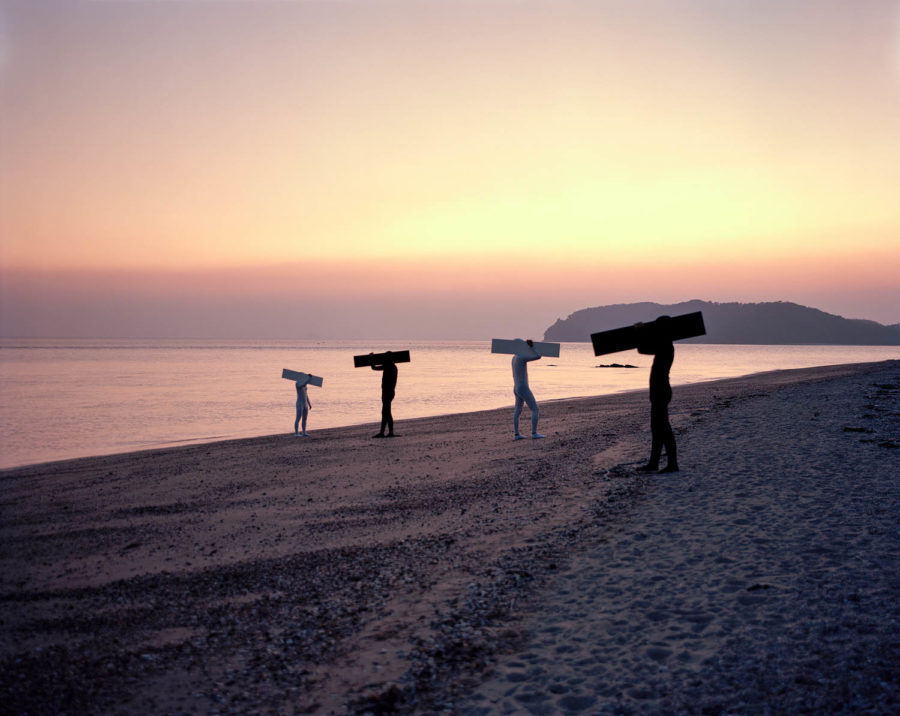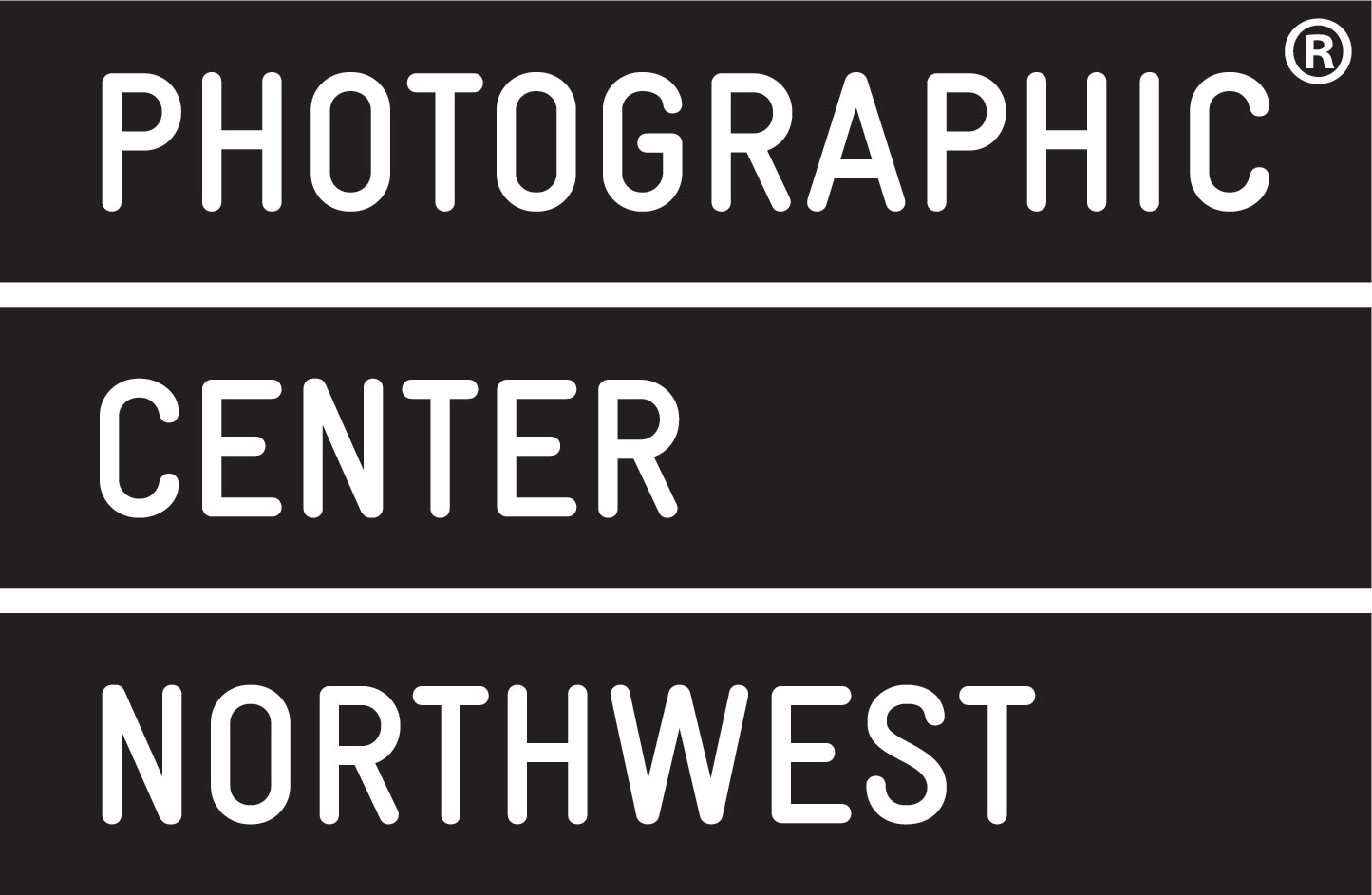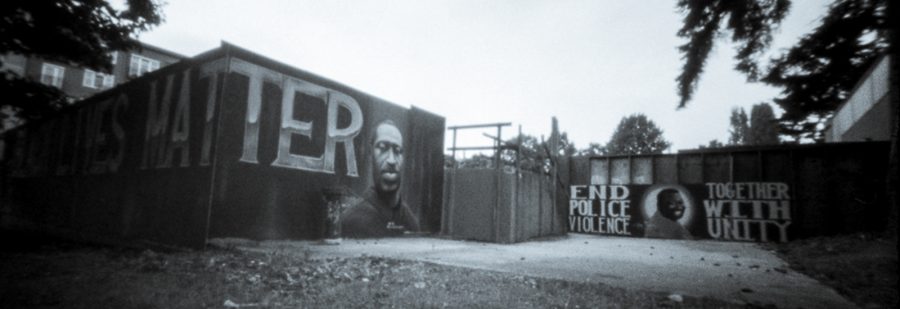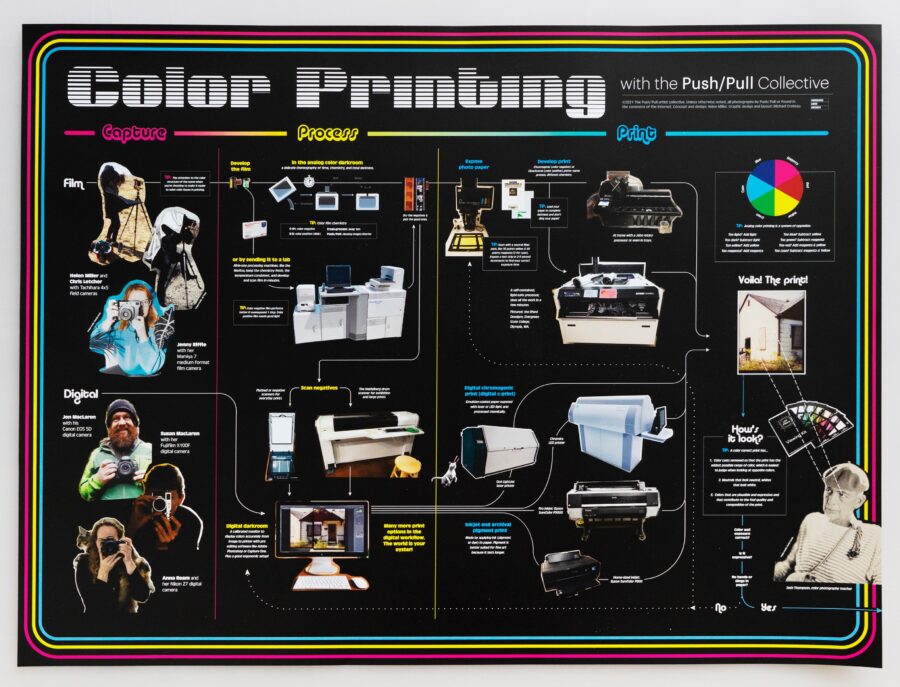Seok-Woo Song is an exhibiting artist in Imminent Existence, Photolucida‘s Critical Mass TOP 50 (2022). On view at the PCNW gallery from March 30 – June 4, 2023.

SEOK-WOO SONG (b.1993, Republic of Korea; lives in Seoul)
Wandering, Wondering #07, 2019
Archival pigment print; 4×5 large format film capture
Edition 1 of 5
Image 24 x 30 inches, framed to 26 x 32 inches
$1250 (for purchase inquiry, please contact Erin and espencer@pcnw.org)
I’m wondering if the Critical Mass review process brought about any meaningful connections with one or more of the reviewers?
We are delighted to have been selected as one of the CRITICAL MASS TOP50 winners last year. Since then, I felt that the exposure of my work images on the homepage would have a great influence in the future. Due to this, I was contacted by Phillips headquarters in London, England. After receiving an offer to debut at the auction of Phillips works, I participated in the preview exhibition and main auction of Phillips works in May.
In addition, I was contacted by several magazine editors. First, What Will You Remember? The work was published in the <Viewfinder> category in the magazine, and secondly, the editor of Emerge-Magazine, based in Germany, was invited to participate in the project of the Cultural Engagement Center in Baden-Württemberg. Since last year, he has been awarded and selected by various award organizations, and was selected as a participating artist in Japan’s biggest event, Kyotographie. Thank you for being able to connect these activities continuously.
Please tell us about yourself and which part of the world you currently reside.
SEOK-WOO SONG graduated from (The First Honor Graduate) B.F.A in Department of Photography and Media, Daegu Arts University, and graduated master’s degree M.F.A in Department of Photographic Design, Hongik University graduate School of Industrial Arts. He is currently attending his master’s degree M.F.A in Department of Fine Arts, School of Visual Arts, Korea National University of Arts
He mostly grasps characters and social relations, currently is concerned with relationships people build up with others from individual narratives, works to explore the way people interact with each other, social fundamentals involved in it mostly using gesture language and performance.
When did you first discover your love of photography?
I started learning photography media professionally 14 years ago at the age of 17, and during this time, I was greatly influenced and inspired by Korean photographer and media artist ‘Yeon-doo Jung’. Paying attention to the relationship between the individual and society, issues of social discourse are often addressed in the story of the work. In addition to the content, he served as an example for the way he handled the work and his attitude, and it became an opportunity to think deeply about image making.
Please tell us about the individual piece that was selected to be included in this exhibit. Also, tell us a bit about the body of work that this is from.
Wandering, Wondering is a story of all of us, becoming adults, getting more socialized, and living in a systematic social structure.
No one has forced or oppressed our lives.
Without looking back, we live in a life that fits already into the familiar flow following only dreams and ideals we’re aiming for, the naturalness of time that goes by constantly.
Through this work, I have a chance to explore for my 20s already passed by and past time which entered between the gap of familiarity.
These produced images are stories intended for the young who cannot adapt to the social structure which is changing quickly, above all men in 20s.
The eyes coming from between unfamiliar spaces and strangers are begun by wandering around places and environments where you can get someone else’s feeling such as strangers and universally abandoned spaces.
Based on feelings caused by loneliness, emptiness, the gazes that didn’t approach in a good what I experienced in society, I express floating or unadaptable objects in the world by images.
This work leads to subtle psychological change and expansion of consciousness that occur between individual consciousness, different dimensions of time and space, and meetings of objects.
And It also is produced by freely combining images across the boundary line of consciousness and unconsciousness based on social factors and narratives with characters.
I was concerned about relationships that people build up with others and mainly intended to explore the way people interact and the social principles involved in it, using gesture language.
I hope that not only 20s, but everyone who encounters this work will be able to sympathize by watching the gesture language of the process head for society in this work, reminiscing about their past or expecting their future.
Is it your intention to have your artwork bring attention to any current social issues?
That’s right. It is intended to draw attention to social issues. The Republic of Korea, where I live and work, lives in a fiercely competitive society from the moment I turn 20 and lives in a systemized social structure. Men in their early 20s tend to live in a socialized place where they feel more burdened by being incorporated into the military conscription system. Amidst this phenomenon, I did directing photography for young people in their 20s living in Korea.
Who / what are your biggest influences?
There are 3 people who have greatly influenced me both in my life and in my work.
First up is Jeongmee Yoon (CRITICAL MASS TOP50 2007 awardee), famous for her ‘Pink and Blue’ project. Photographer Jeongmee Yoon was my advisor at graduate school, and she helped me a lot with internal and external contests.
Next, while studying photography at Daegu University of the Arts, Professor Chung-soo Kim helped me a lot on my path as an artist and always cheered me on. He is a professor who reminded me of continuity and persistence in my work.
Lastly, there is a Korean artist, Youngjin Yoo, who works in a mixture of various media based on photography.
Artist Youngjin Yoo helped suggest and promote the direction of contemporary photography and contemporary art, and had a great influence on human relationships and self-mind control. I am still greatly grateful and influenced by these three people and continue my activities as a worker.
“Behind the Lens” – Do you have any interesting or funny facts about the creation of your piece?
In order to proceed with the Wandering, Wondering series, the three most important factors are casting people, casting space, and the influence of the weather. In one episode, until the day before the shooting, I returned from the field trip, but the next day, a 10-12m fence was installed, so it was impossible to enter.
Even though the space recruitment was completed, I remember that this happened, so I removed a part of the fence with a drill and filmed, then installed it back in its original place and finished the filming. Another episode was filming with 5 people scheduled at the location, but I almost couldn’t shoot because 1 person couldn’t contact me on the day, but I set the exposure of a large camera on the spot in advance, and I went into the vacant spot myself and pretended to be a model.
Of course, it was a situation where all you had to do was press the shutter to release, so there are episodes where I asked passers-by to ask. In the future, I think interesting episodes will occur as I continue to direct photos. I think it’s important to be flexible when dealing with it.



